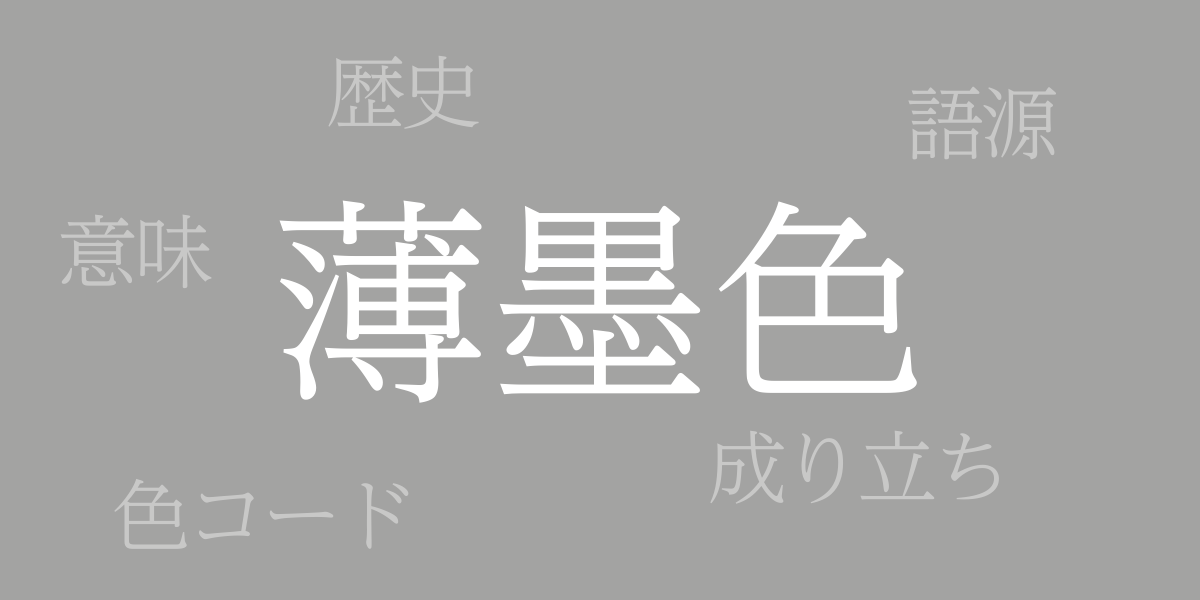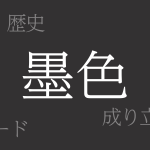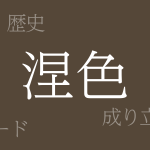Japan’s rich natural beauty and the shifting seasons have long inspired a palette of diverse colors. Among them, Usuzumi-iro (薄墨色 – うすずみいろ) stands out with its delicate and subdued hue, cherished as a traditional Japanese color. This article explores the allure of Usuzumi-iro, diving into its history, color codes, and Western name to uncover why it continues to captivate so many.
About Usuzumi-iro (薄墨色 – うすずみいろ)
Usuzumi-iro, as the name suggests, is a pale gray akin to ink diluted with water. Known as one of Japan’s traditional colors, its simple yet profound shade has been incorporated into kimono, Japanese paintings, and even modern design. While subtle, Usuzumi-iro has a strong presence, conveying the essence of Japanese aesthetics and beloved by many.
The History of Usuzumi-iro
Usuzumi-iro has a storied past, dating back to the Heian period. Nobles of the time frequently used ink for writing, and this diluted ink color made its way into their clothing and art. As time progressed to the Edo period, the color became widely known as “Sumi-iro” and was popular among samurai and townsfolk alike, deeply embedding itself into Japanese color culture.
Color Codes for Usuzumi-iro
In the realms of digital design and web design, accurate color representation is crucial. Below are the color codes for Usuzumi-iro:
- HEX: #A3A3A2
- RGB: R:163 G:163 B:162
- CMYK: C:41 M:34 Y:33 K:0
Western Name for Usuzumi-iro
The corresponding Western names for Usuzumi-iro are “Light Gray” or “Pale Gray.” These names fall under the same category of bright and soft grays, commonly used in international color communication.
Summary of Usuzumi-iro
With its rich history and beauty, Usuzumi-iro is still widely used today across various fields such as fashion, art, and design. Recognized as one of Japan’s traditional colors, its value is acknowledged in many domains. By knowing the color codes, designers can accurately replicate its quiet charm, ensuring that Usuzumi-iro continues to enchant people far into the future.

























